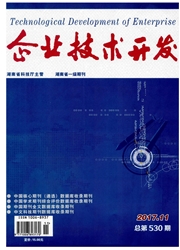

 中文摘要:
中文摘要:
资源税改革将在“十二五”期间完成,但目前相关研究成果仍较少。我们构建可计算一般均衡模型(ComputableGeneralEquilibrium,CGE),建立生产、消费、收入支出和资源等函数方程,采用从价征税方式,参考国内预期税率区间和发达国家税率,模拟和分析税率设置的影响。研究表明:税率设置对社会经济和资源系统影响程度差异不同,在经济相对稳定时,可选择如5%一7%的税率区间;在经济水平较高时,可选择较高税率区间;而在经济波动较大时,可选择较低税率区间。
 英文摘要:
英文摘要:
Resource tax reform will be done during China's 12m Five-Year Plan, but related research is still lacking. Here, we build a computable general equilibrium model (CGE) comprising the functional equations of production, consumption, income/expenditure and resources to analyze the resource tax rate. The model uses the valorem tax levy to simulate the impact of economic and resource systems with different resource tax rates, by referencing the expected rate ranges of China and developed countries. The results show that the impact is different for social, economic and resources of varying degrees. In the relatively stable period of economic development, we can select a tax rate of 5% to 7%; during higher economic development we can select an optional high level of resource tax; and in a fluctuating economy we can choose a lower tax level.
 同期刊论文项目
同期刊论文项目
 同项目期刊论文
同项目期刊论文
 期刊信息
期刊信息
